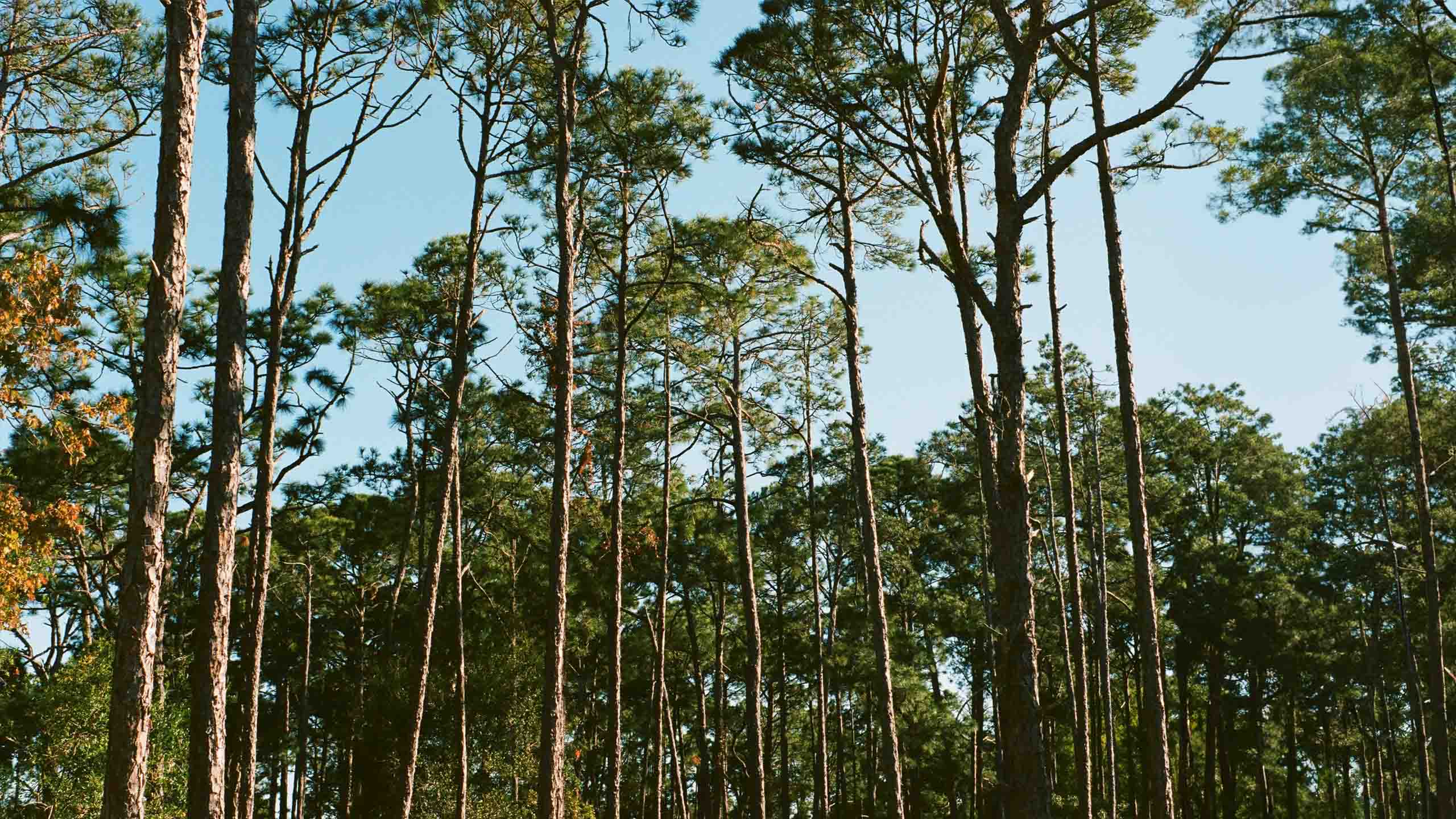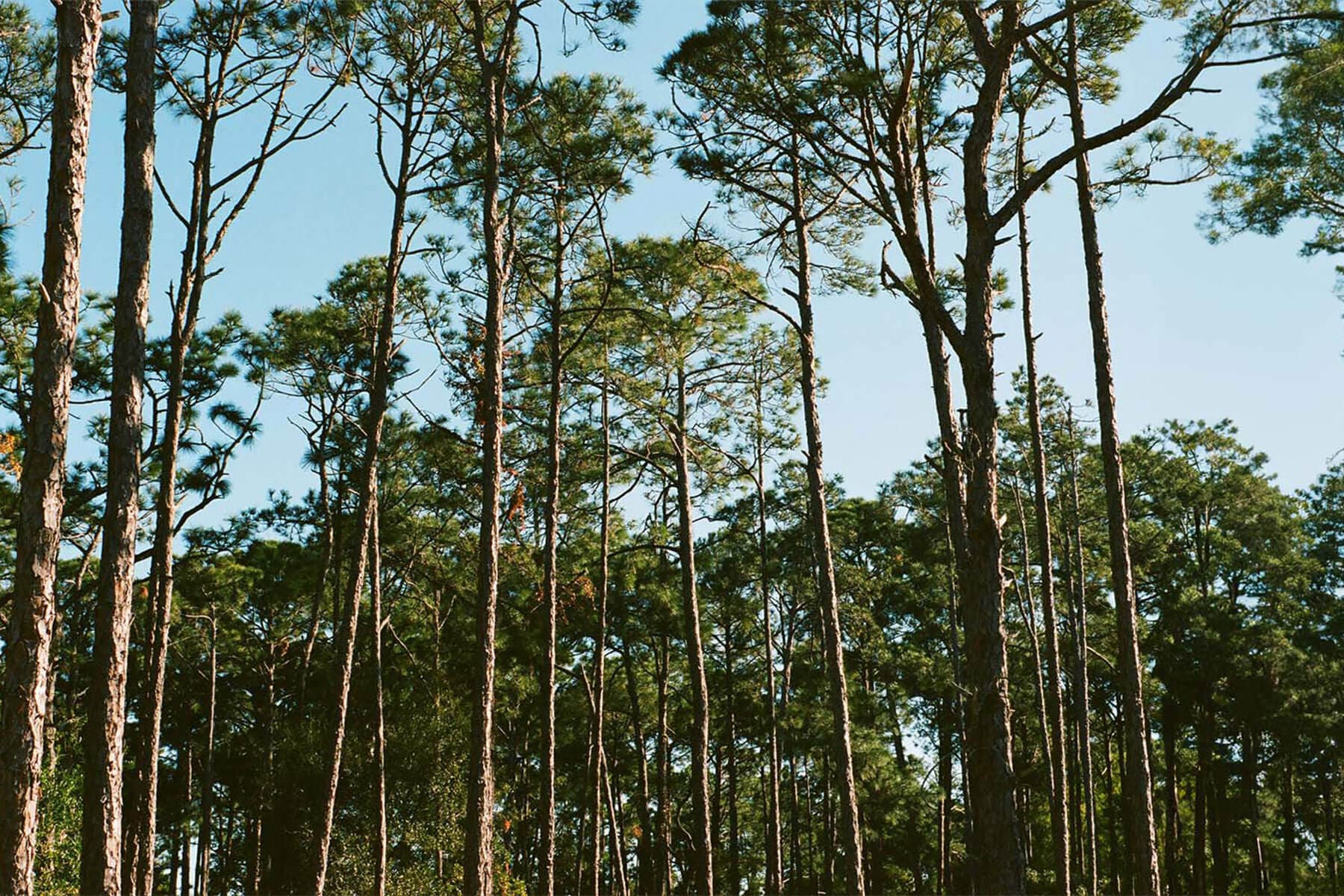Reforestation in the
Southeast us
The Southeastern United States is a tapestry of diverse ecosystems, ranging from the lush, subtropical forests of the coastal plains to the rugged, ancient mountains of the Appalachians. This region boasts a rich natural heritage, with its wetlands, rivers, and forests supporting a remarkable range of plant and animal species. Its rolling hills and valleys give way to hardwood forests, home to iconic species such as the white-tailed deer and wild turkey.
From forest fires in Louisiana and Mississippi to hurricanes in Florida, natural disasters have wreaked havoc on the iconic landscapes of the Southeast US. In this region, natural disasters not only harm the communities where they occur; they can also severely degrade ecosystems. By protecting this irreplaceable natural heritage, we can safeguard not only the biodiversity of the region, but also the quality of life of future generations.

Southeast us Stats
62%
freshwater Fish
The Southeast US is home to 62% of the United States’ temperate freshwater fish population.
The Southeast Freshwater Extinction Crisis, Center for Biological Diversity
60%
forested
Around 60% of the Southeastern US landscape is forested.
Productivity and carbon sequestration of forests in the southern United States, USDA
45,000
Fires per year
The region averaged 45,000 fires per year between 1997-2003.
5m
acres
Nearly five million acres of National Forests cover the Southern Appalachian mountains.
Protecting our Southern Appalachian forests, Southern Environmental Law Center
75%
Habitat Loss
Nearly five million acres of National Forests cover the Southern Appalachian mountains
60%
Of Water
60% of potable water in California is sourced from forested watersheds.
Project Highlights
Reforestation in the Southeast U.S. provides long-term restoration, development and support to communities who have been profoundly impacted by wildfires, drought, cyclones and flooding. Planting trees can also restore watersheds, enhance wildlife habitat, improve forest resilience, and sequester carbon. Learn about three recent reforestation projects that planted trees in the Southeast US.

Natural Disaster Recovery
The Southeast United States is home to some of the most biologically diverse forests in the country. Over the years, many of these forests have been subjected to natural disasters. The goal of this project is to help restore degraded land while also providing several benefits, including watershed protection, improved wildlife habitat, and increased carbon sequestration, ensuring Southeast forests remain healthy and productive for generations to come.
Apalachicola Longleaf Initiative
In many forests across North America, longleaf pine trees are a keystone species because they have masterfully adapted to tolerate wildfires, building the resilience of landscapes. In the Florida Panhandle, located between the Aucilla and Choctawhatchee Rivers, this planting project is working to restore and manage longleaf pine ecosystems. This project will help implement prescribed fire and invasive species treatments in existing longleaf habitats in the Apalachicola National Forest.


Montane Longleaf Pine Restoration
Longleaf pine ecosystems support a wide range of herbs and grasses — and rare animal species such as red-cockaded woodpeckers and gopher tortoises. By restoring longleaf pine, this project will have long-term impacts on the environment, wildlife, and people in Northwest Georgia and Northeast Alabama. The longleaf pine trees this project planted will be an important resource that will help combat future wildfires.


